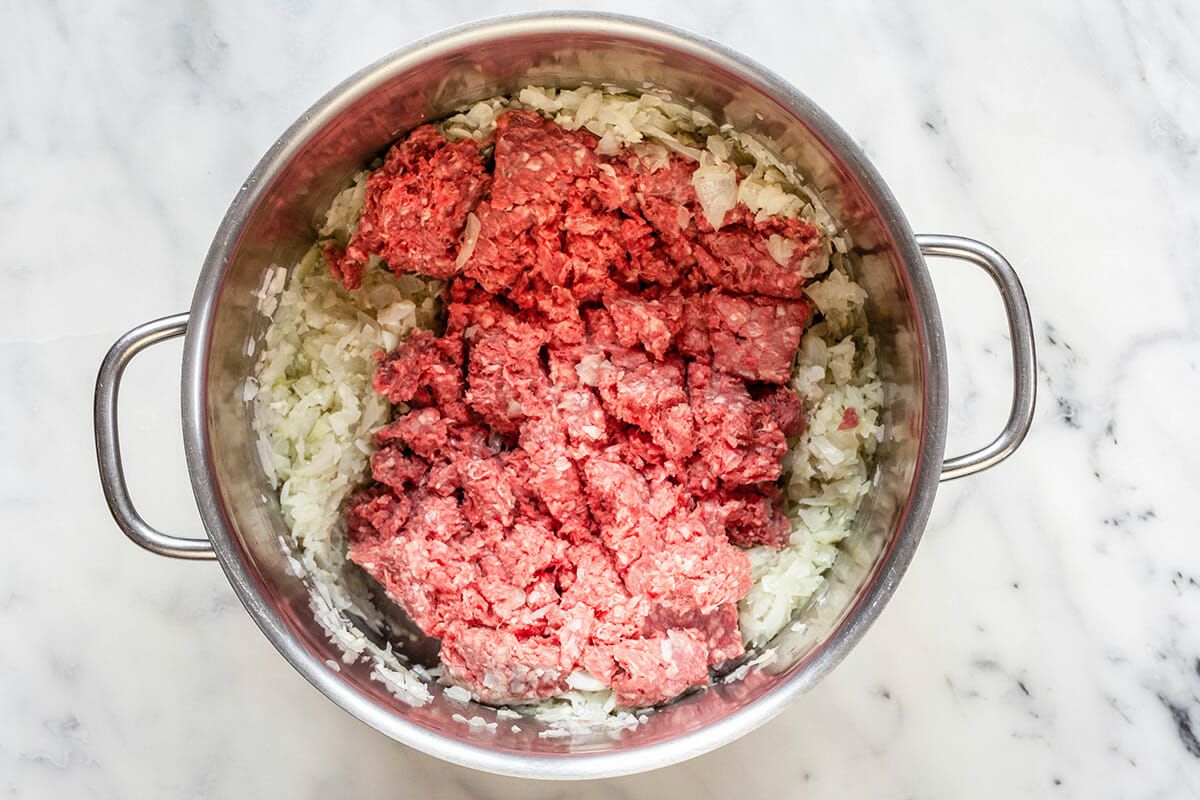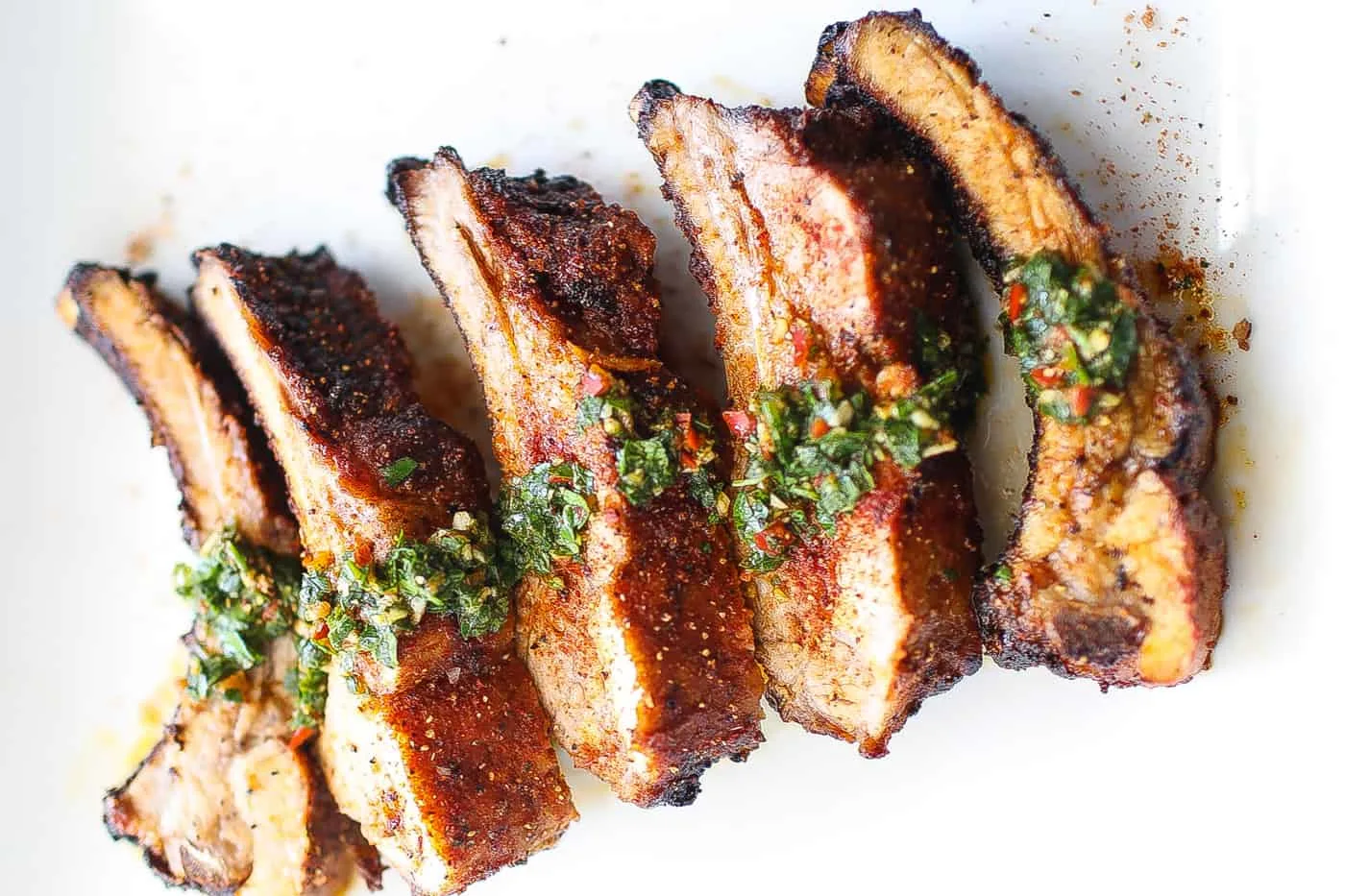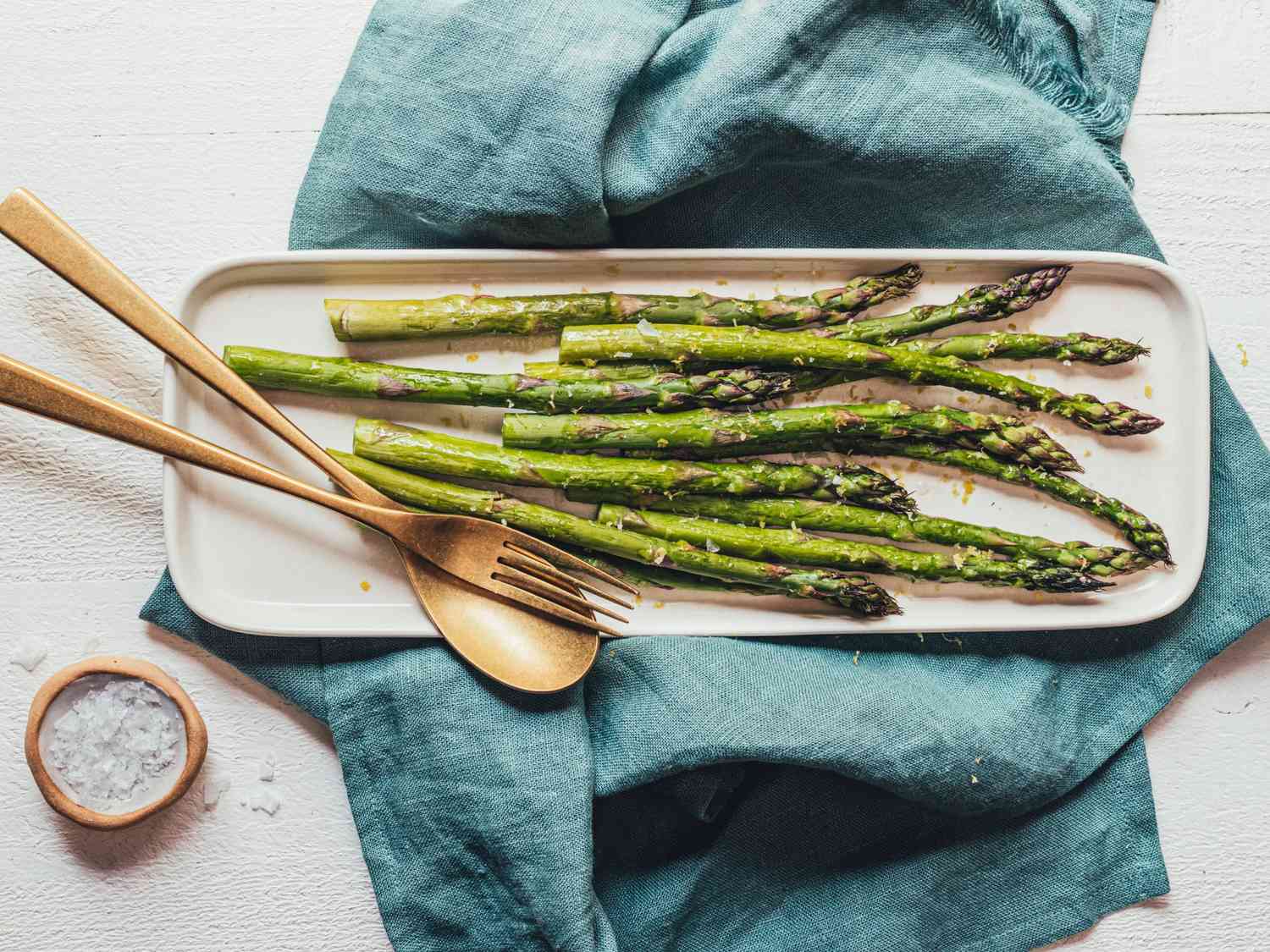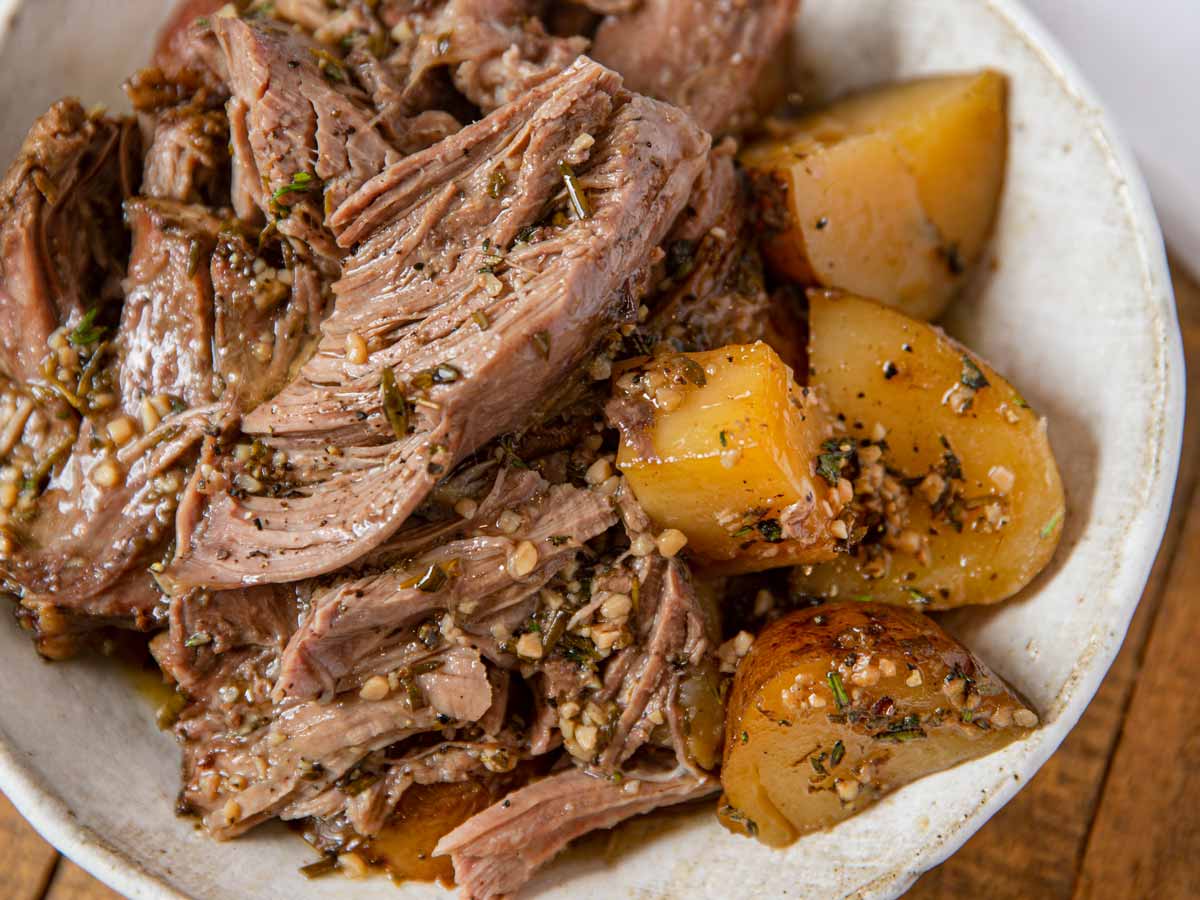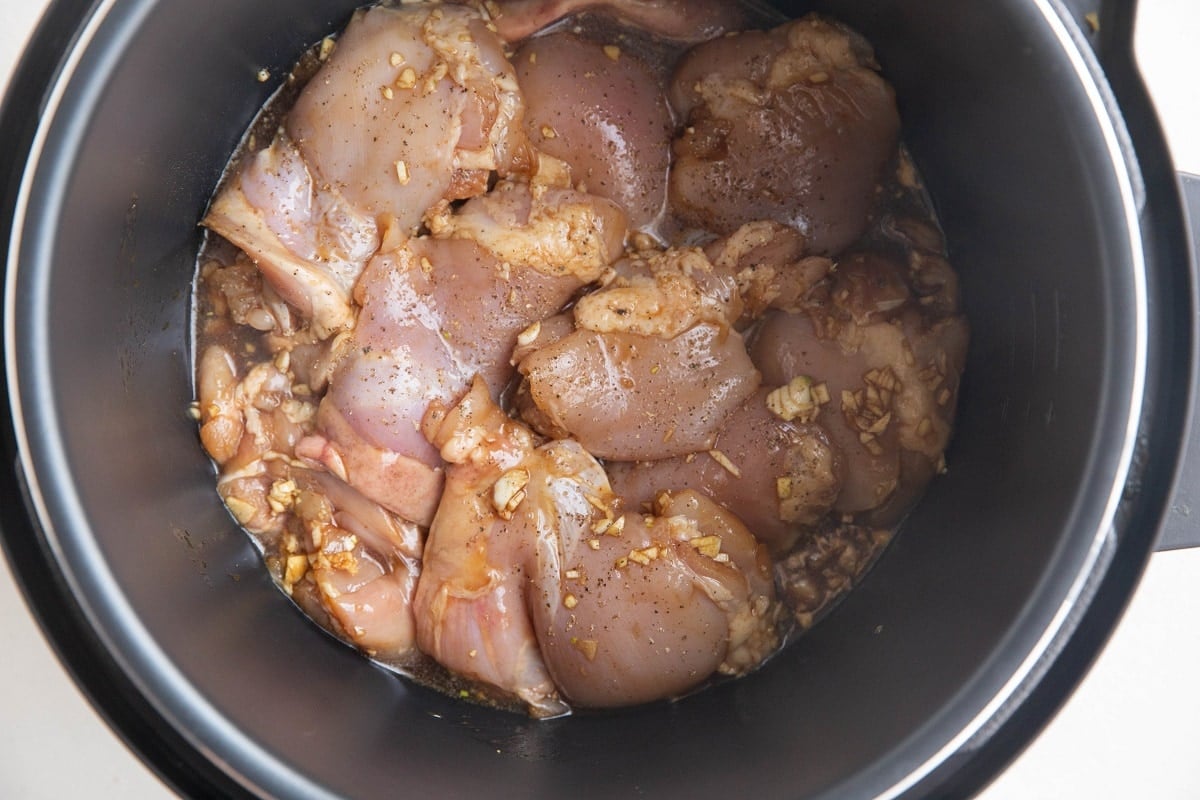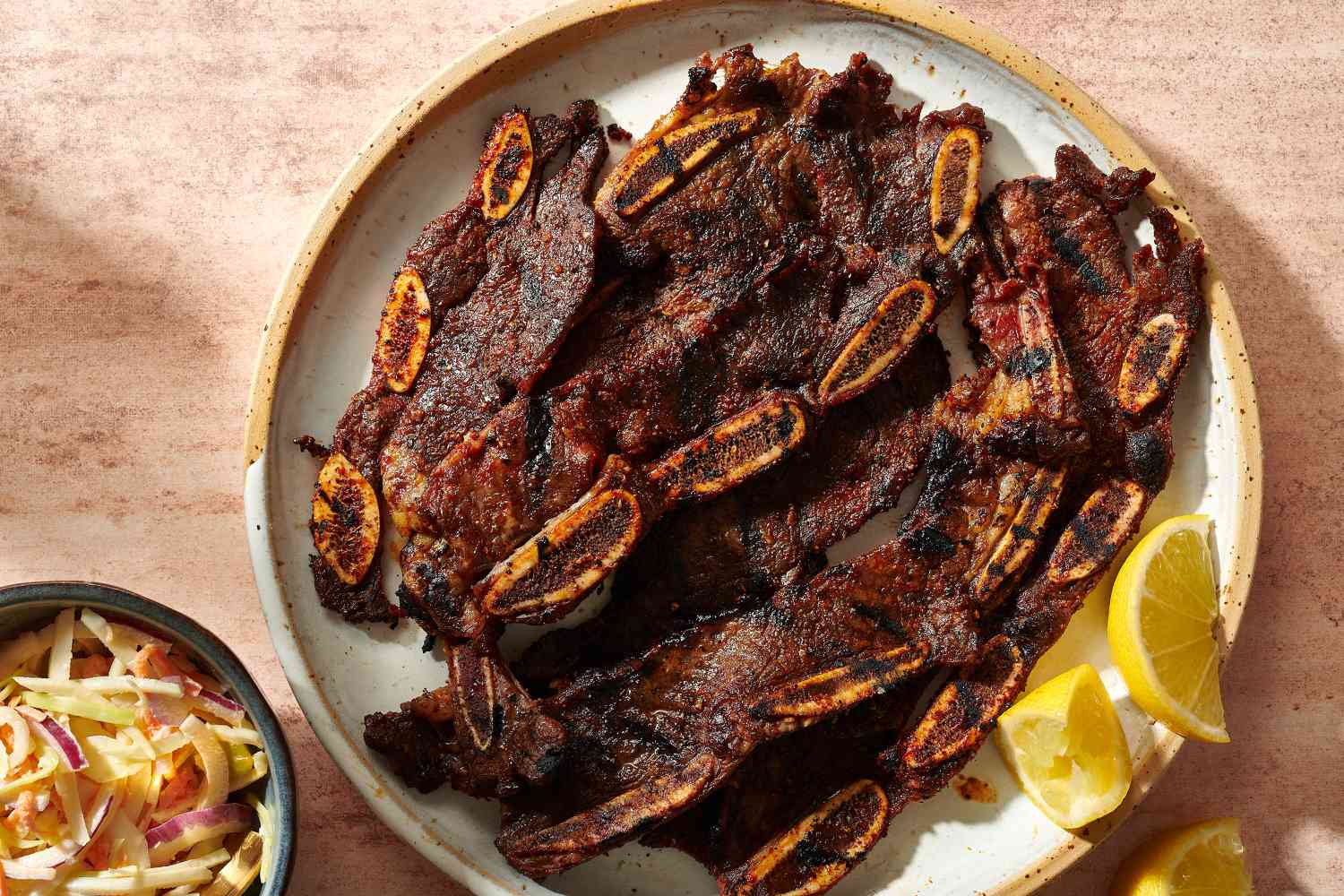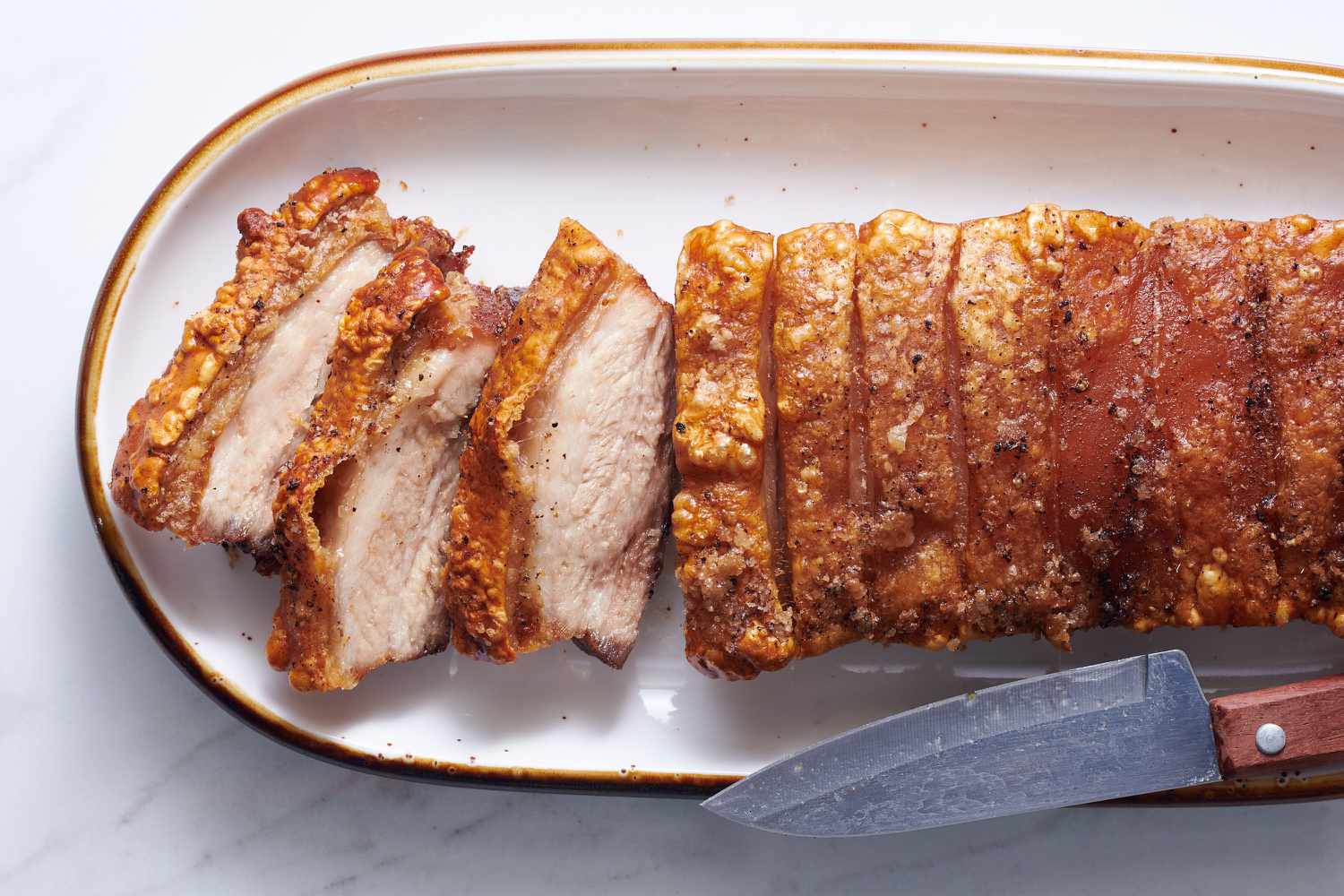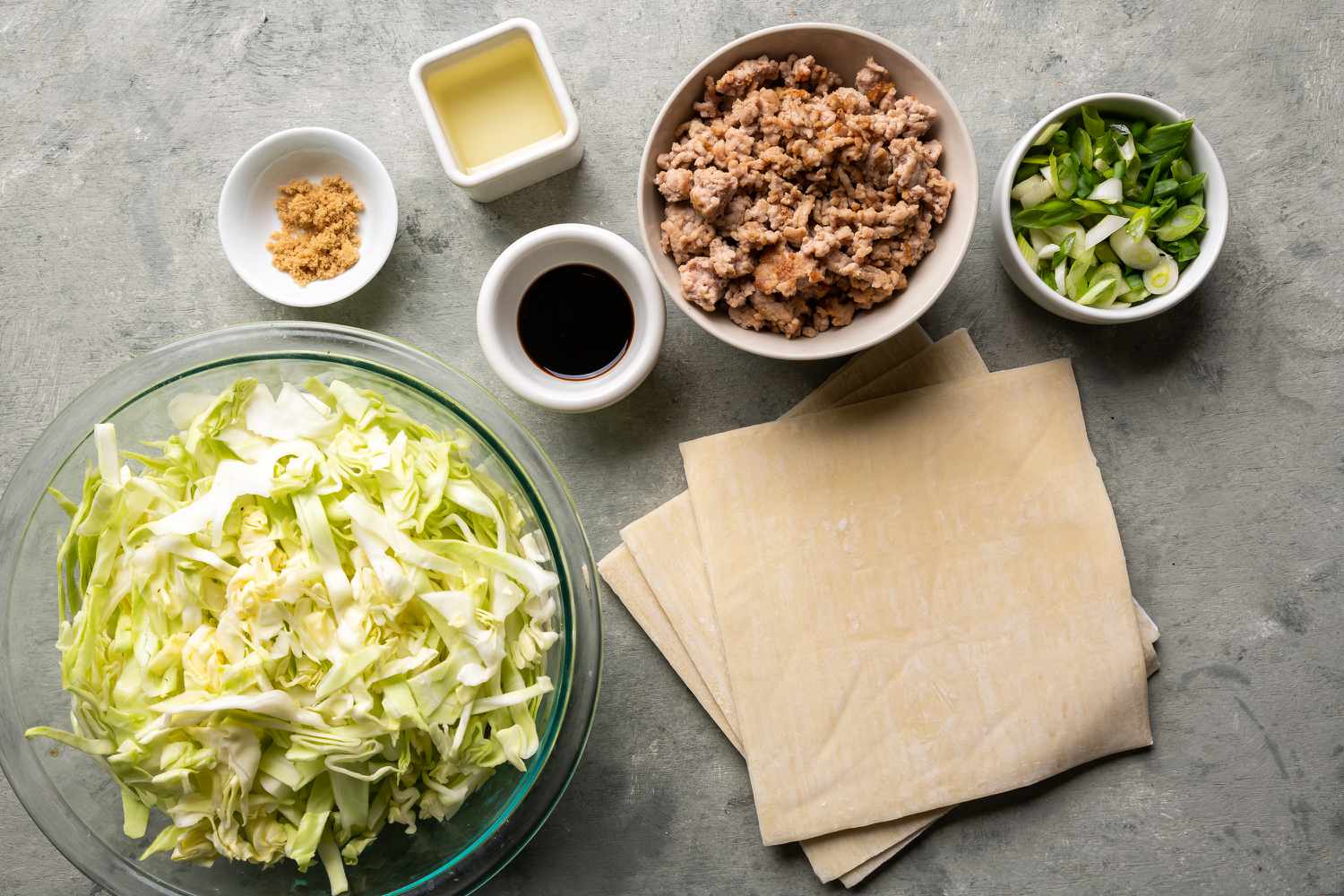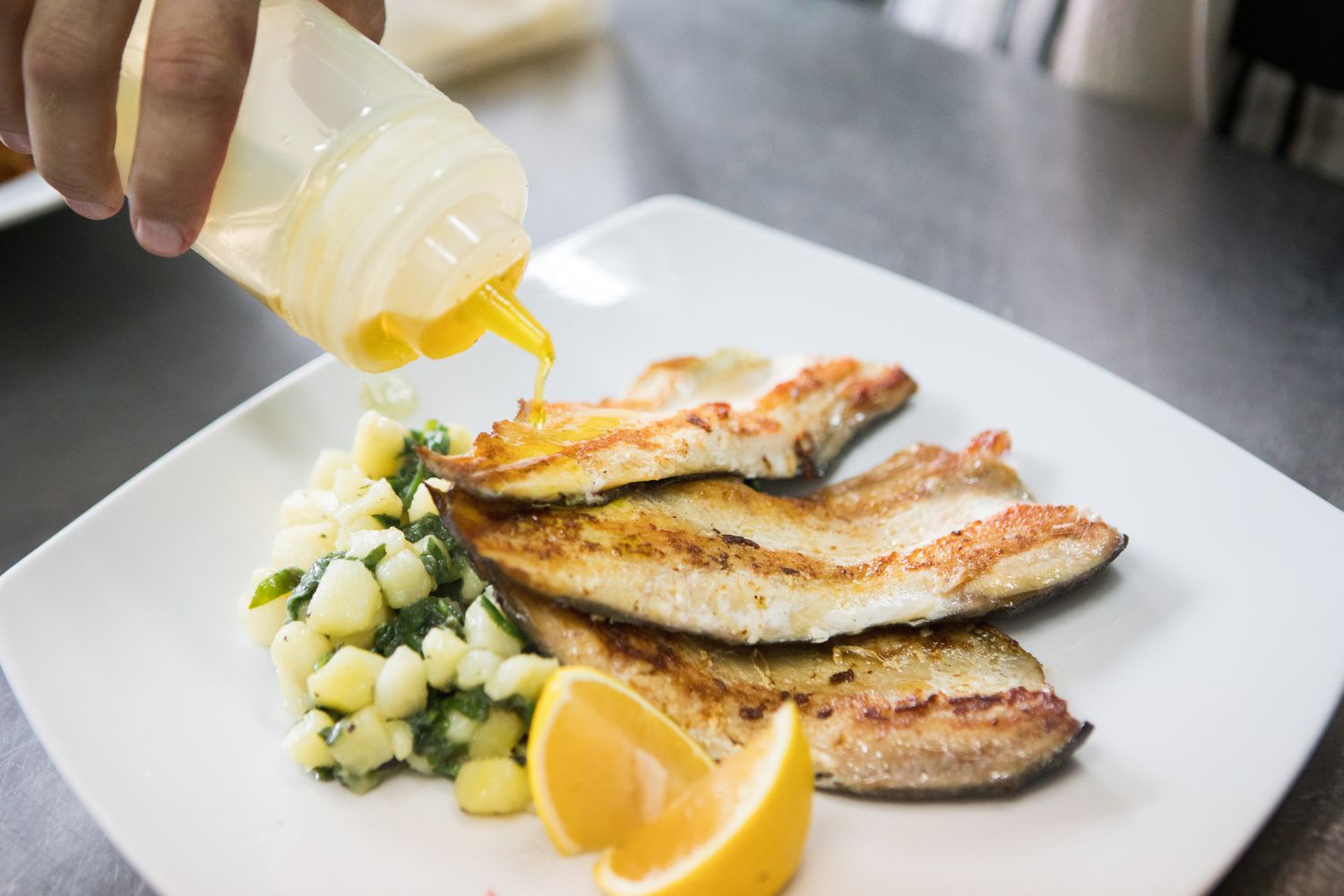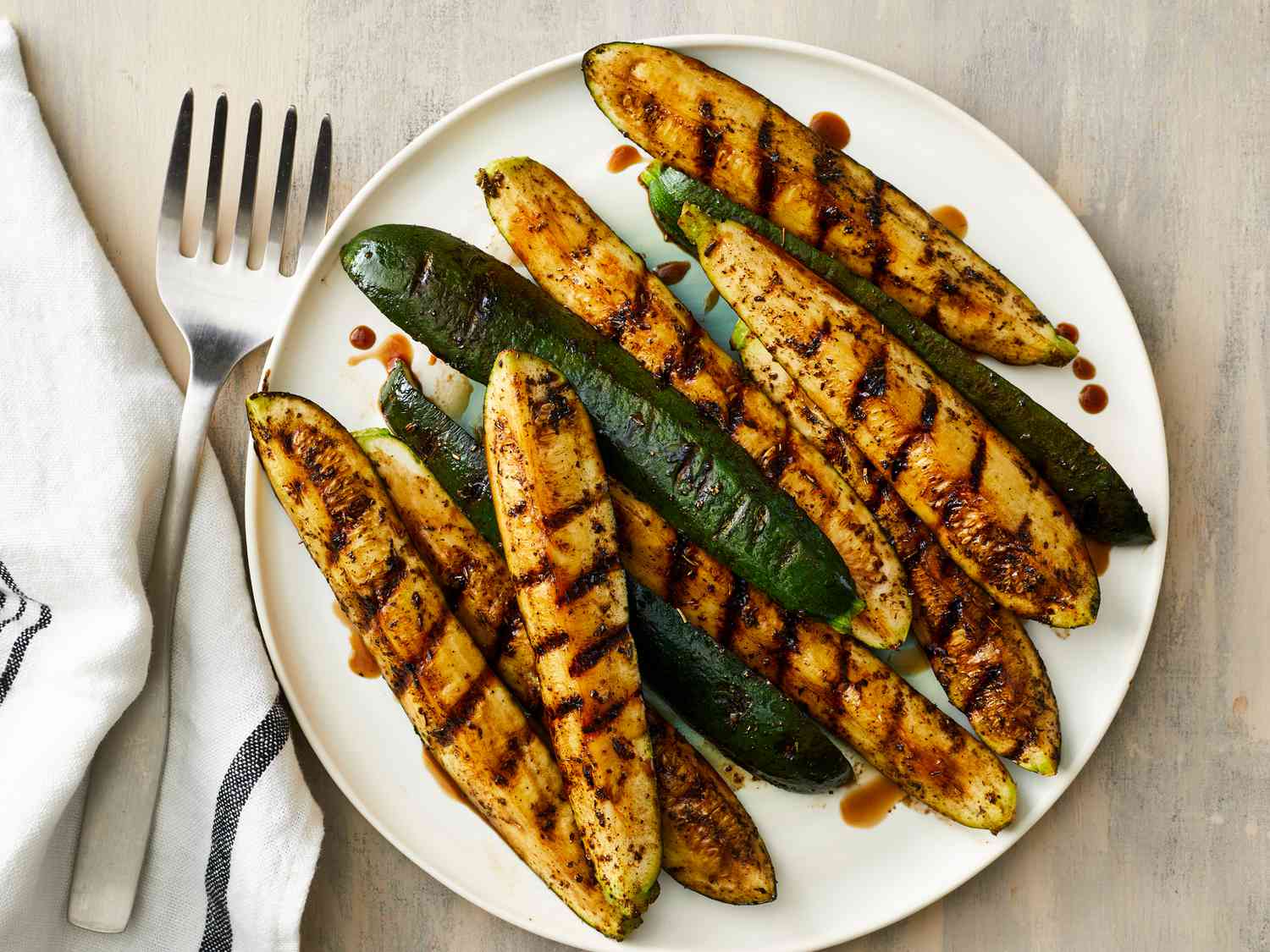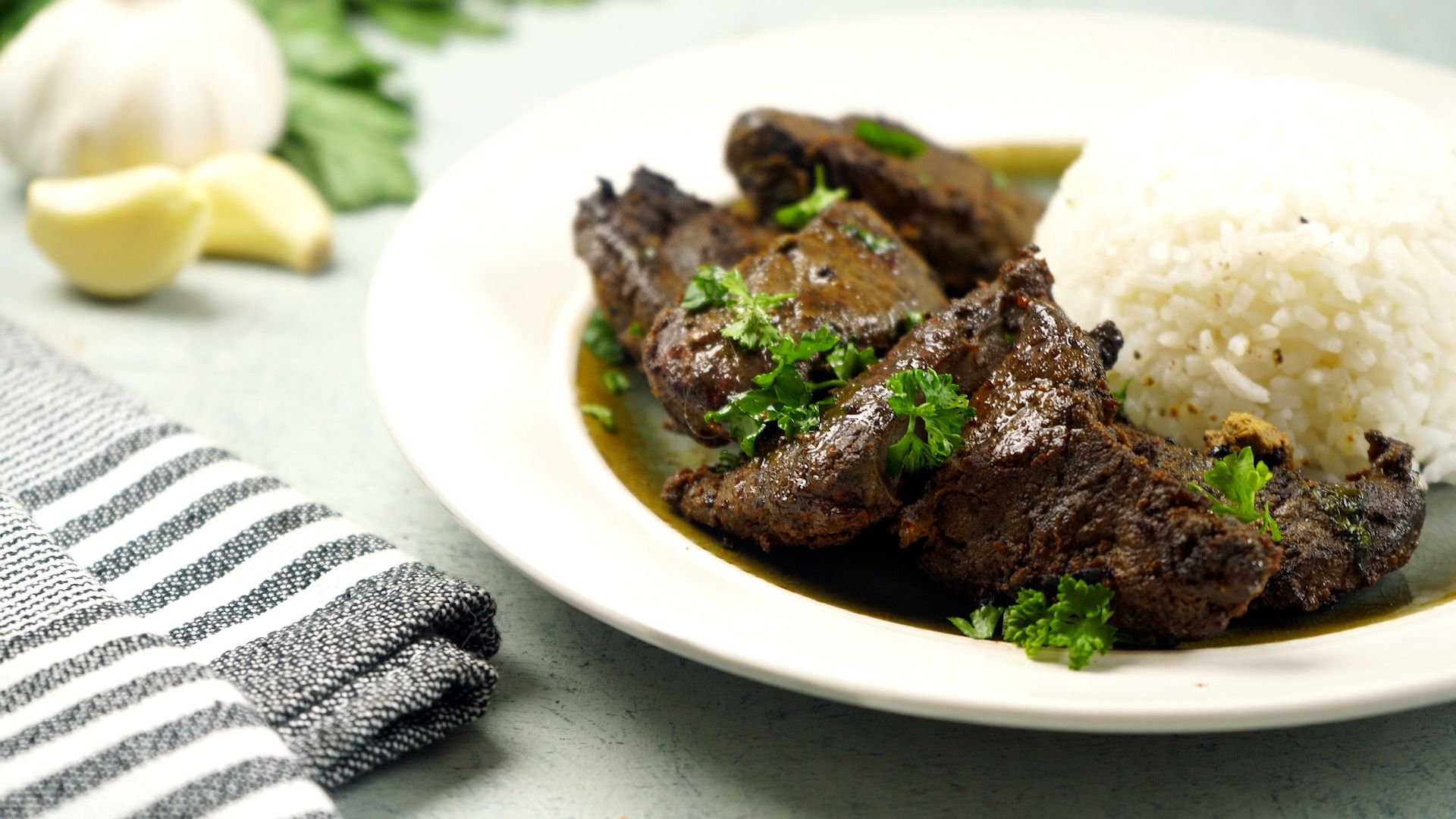Unlock the Secrets of Cooking a Perfect Frozen Salmon Fillet
Salmon is not only delicious, but it’s also packed with omega-3 fatty acids that are great for your health. But what if you forgot to thaw your salmon fillet? Don’t worry! We’ve got you covered. In this guide, we’ll walk you through the steps to cook a mouthwatering frozen salmon fillet that will impress your friends and family.
Tools You’ll Need
Before we dive into the cooking process, make sure you have the following tools handy:
- A frozen salmon fillet
- Aluminum foil
- Olive oil
- Seasonings of your choice
- A baking sheet
- A meat thermometer
Step-by-Step Cooking Process
Now that you have everything you need, let’s get started with cooking that frozen salmon fillet to perfection:
- Preheat your oven: Start by preheating your oven to 400°F (200°C). This will ensure the salmon cooks evenly and avoids any risk of undercooking.
- Prepare the salmon: Take the frozen salmon fillet out of its packaging and rinse it under cold water to remove any ice crystals. Pat it dry with a paper towel.
- Season to taste: Drizzle some olive oil over the salmon fillet, and then sprinkle your favorite seasonings. Whether it’s a simple combination of salt and pepper or a more complex blend of herbs and spices, this step adds flavor to your salmon.
- Wrap in foil: Place the seasoned salmon fillet on a sheet of aluminum foil. Wrap the foil loosely, creating a packet that will help lock in moisture during the cooking process.
- Bake in the oven: Transfer the foil-wrapped salmon fillet onto a baking sheet. Place it in the preheated oven and bake for approximately 25 to 30 minutes or until the internal temperature reaches 145°F (63°C) as measured by a meat thermometer.
- Let it rest: Once the salmon reaches the desired internal temperature, remove it from the oven and let it rest for a couple of minutes. This resting time allows the juices to redistribute, resulting in a moist and flavorful fillet.
- Serve and enjoy: Carefully unwrap the foil, transfer the cooked salmon fillet to a serving platter, and garnish it with fresh herbs or lemon slices. Serve it alongside your favorite sides or flake it into salads or pasta dishes.
Tips and Tricks
Here are a few additional tips and tricks to elevate your frozen salmon fillet cooking game:
- Experiment with flavors: Don’t be afraid to get creative with your seasonings. Try adding lemon zest, dill, garlic, or even a drizzle of honey for a unique twist.
- Use a fish spatula: A fish spatula with its thin and flexible design is perfect for gently flipping and removing the cooked salmon fillet without breaking it.
- Consider marinating: If you have some extra time, try marinating your frozen salmon fillet before cooking. It will infuse the fish with additional flavors and help tenderize it.
Now that you know the secrets of cooking a perfect frozen salmon fillet, you can confidently whip up a delicious meal even when time is not on your side. Enjoy the flavors and the convenience that this quick and easy method brings to your dinner table. Cheers to a satisfying and healthy meal!
Was this page helpful?
Read Next: How To Cook Rack Of Ribs On Grill
